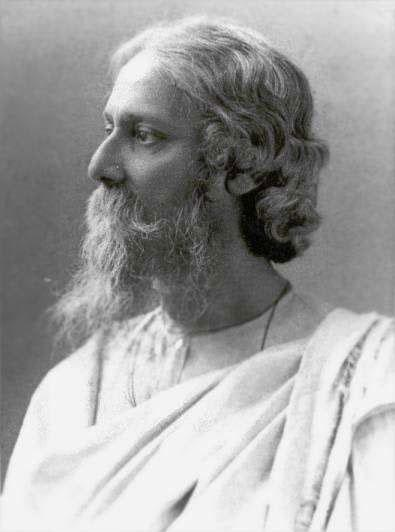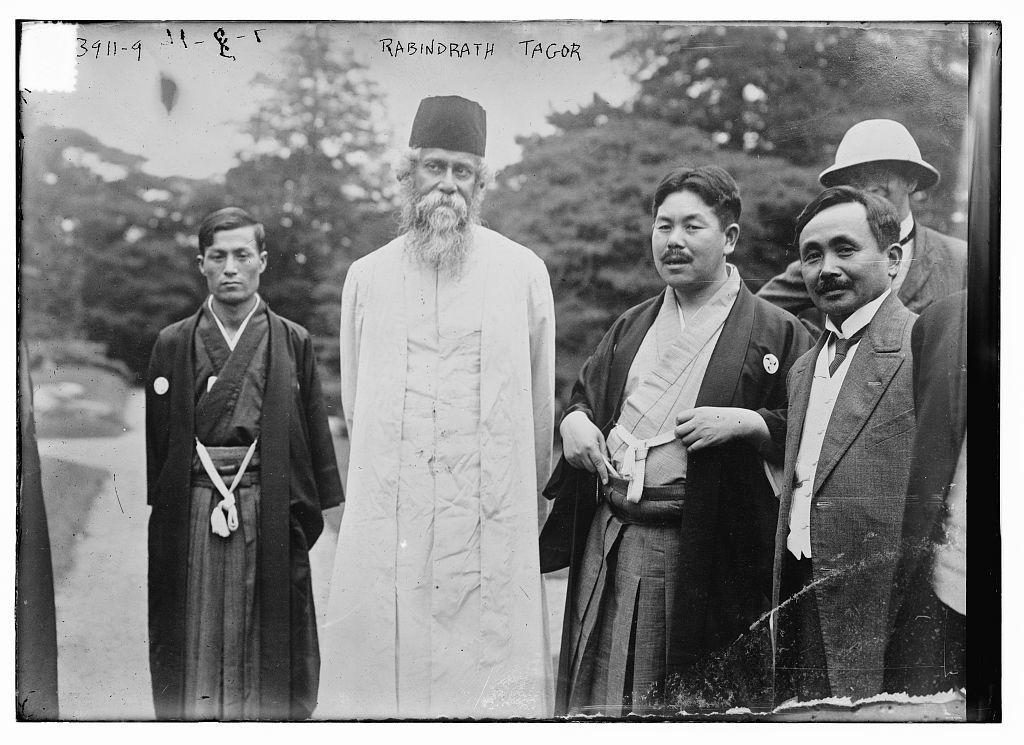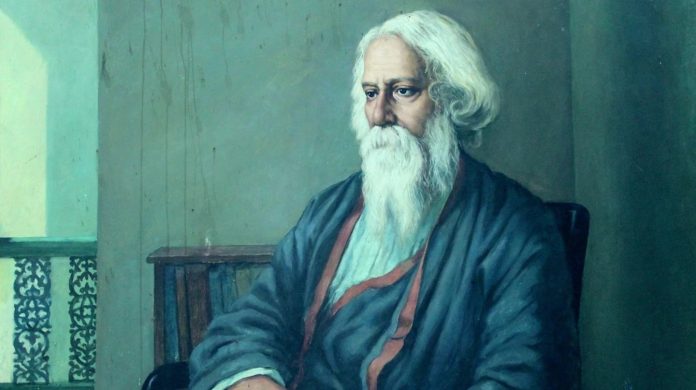India has been the home to some of the most exemplary personalities around the world. One such precious gem of India’s bejewelled heritage is Rabindranath Tagore. Popularly known as the ‘Bard of Bengal’, he was also affectionately called ‘Gurudev’. A prolific writer, poet, lyricist and composer, Tagore is known to have written nearly fifty volumes of poetry, over a hundred short stories, and about two thousand songs. Tagore was also an avid traveller and a proficient painter, but above all, an icon of the social and cultural revolution in the late 19th and early 20th centuries.
Rabindranath Tagore was also the first Asian to be honoured with the Nobel Prize in literature for his collection of poems ‘Gitanjali’. To pay homage to the figure of Bengal’s cultural and intellectual prowess, every year, the 25th day of the Baisakh month of the Bengali Hindu calendar is celebrated as Rabindranath Tagore’s birth anniversary (Rabindra Jayanti).

Born into a wealthy Zamindar family in the early 1860s, Tagore grew up in a family of thirteen siblings, amongst whom he was the youngest. His grandfather, Dwarakanath Tagore was a prominent industrialist who worked closely with Raja Ram Mohan Roy. His family owned several business enterprises and were active members of the Bengali Renaissance. Rabindranath’s father Debendranath too was an active socio-political figure and a member of the Bramho Samaj.
Although home-schooled for most of his early years, Tagore’s father took him on several trips across the Indian subcontinent which played a crucial role in shaping his philosophical and creative disposition. Soon after, Rabindranath was sent to England to study law at the University College, London corresponding to his father’s desire for him to become a barrister. Having an inherent passion for art and literature, Tagore eventually dropped out of college and spent his time studying English classics from Shakespeare to Thomas Browne.
During his stay in England, Tagore was extensively exposed to the fine tunes of Western Classical music. These primarily included English, Irish and Scottish flavours. Many of his subsequent works saw such musical compositions’ influence.
One such example is his famous song ‘Phule, Phule, Dhole, Dhole’, which has its melodic schema taken from a Scottish song called ‘Ye Banks and Braes’, written by Robert Burns in 1791. The original song follows a melodramatic story of a lover who is betrayed and abandoned by her partner. Tagore, in the Bengali version of the song, came to modify the lyrics and added his touch of poetic charisma, talking about the spring flowers, rivulets and singing birds.
The song ‘Kotobaro Bhebechinu’ is another such adaptation of an old English song called ‘Drink to Me Only with Thine Eyes’. The song lyrics are based on English playwright Ben Jonson’s poem ‘To Celia’, first published in 1616. Rabindranath Tagore crafted a beautiful and intricate piece, celebrating the power of true love through his version of the song.
Tagore even got inspired by the song ‘Auld Lang Syne’, which is widely popular worldwide and often sung on New Year’s Eve, bidding farewell to the past. The song also traces its roots to Scottish origins. The title of the song may be translated as ‘Old Long Since’ or ‘For Old Time’s Sake’. The lyrics written in a mix of the Scottish and English languages celebrate the reminiscence of good, old, bygone days. This song made Tagore carve his immemorable piece ‘Purano Shei Diner Kotha’, a song which resonates with innumerable people even today, rejoicing nostalgia.
‘Aha Aaji Boshonte’ taken from an Irish folk song named ‘Go where glory waits for thee’, ‘Kali Kali’ taken from the song ‘Nancy Lee’ and ‘D’Ye Ken John Peel’ adapted into ‘Tobe Aaye Sobe Aaye’ are few among the many other Rabindra Sangeet harmonies which have been shaped by western musical arrangements.
Tagore often changed the lyrics and overall themes in his version of the adaptations which at times were even contradictory to that of the original ones. Yet, the beauty of the songs and their melodies were retained through the instrumentations, accompanied by pianos and violins in addition to classical Indian ones. The lucid mix of Western tunes with poetic Bengali lyrics truly put Tagore’s work as one which is beyond the borders of culture and language.
At a time when the spirits of nationalism and patriotism against British rule were gaining momentum, Rabindranath Tagore, was an active participant in the movements, celebrating the unity of cultures through the power of art and music.

The influences Tagore took from not only the West but across the globe, truly portray him as a poet of the world. He travelled across 34 countries in his lifetime, admiring art and literature across an array of different societies. Owing to his vision of a global village, Rabindranath Tagore became an applauded figure across various countries and continents from Britain, the United States and Latin America to Russia, China and Japan. He believed in revolutionising and envisioning the prophecy of an international world where people collectively came together and worked for a common cause. Rabindranath Tagore was a man of esteemed vision and his legacy continues to deeply enlighten people around the world even today.





























